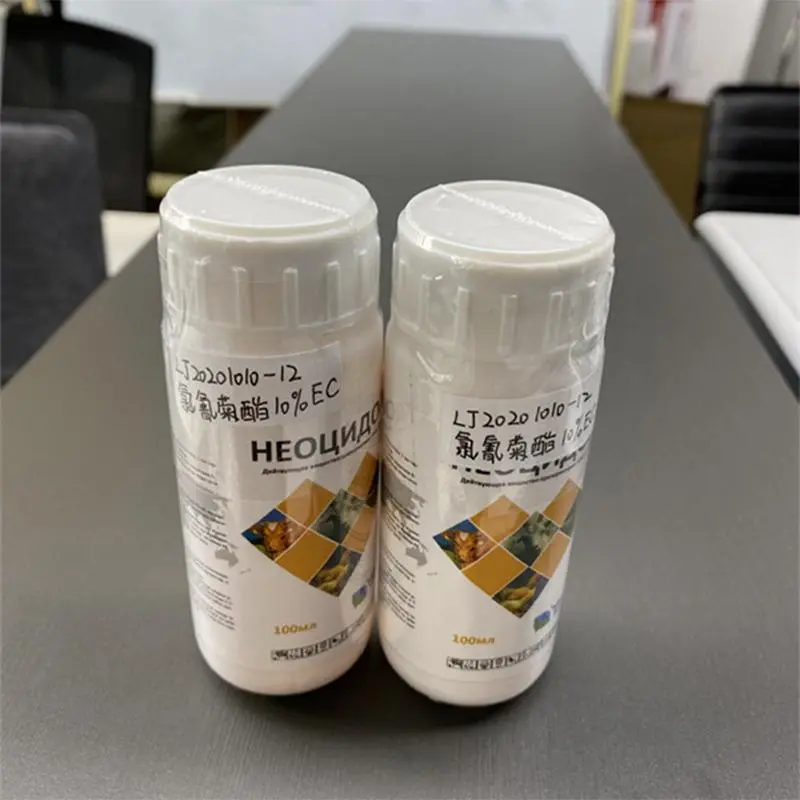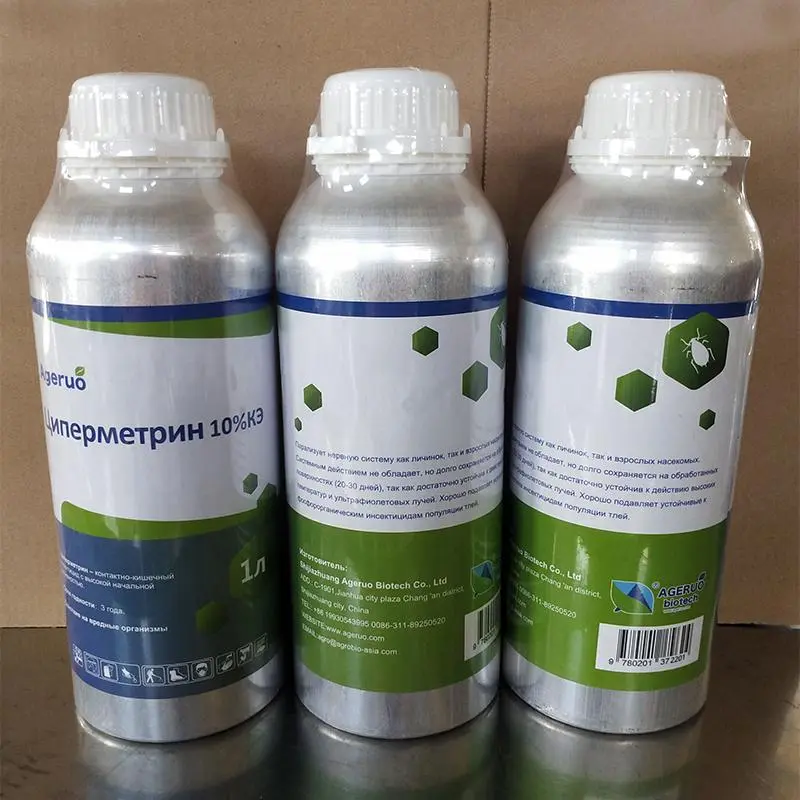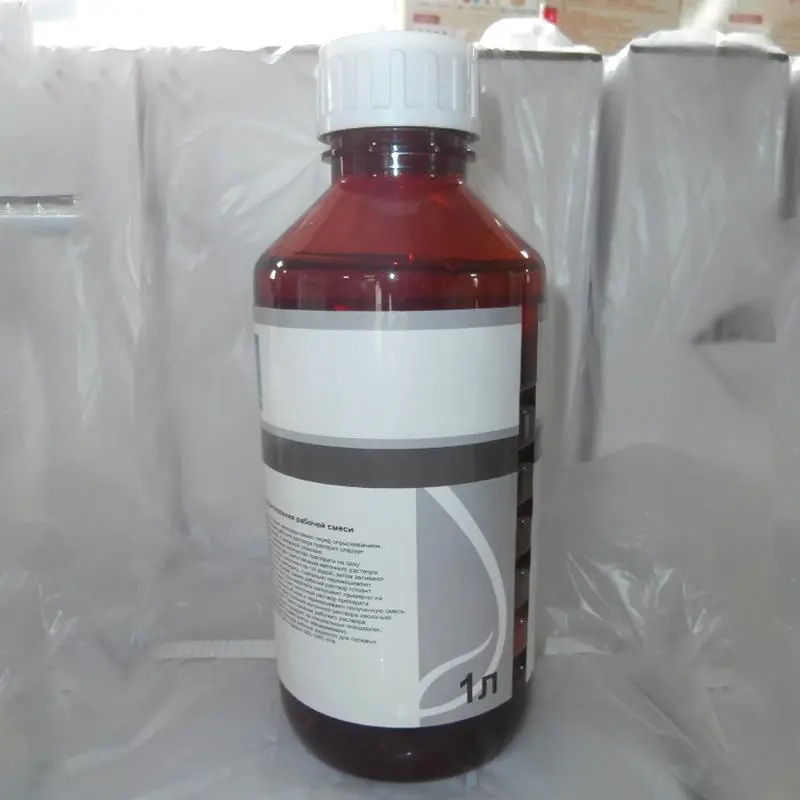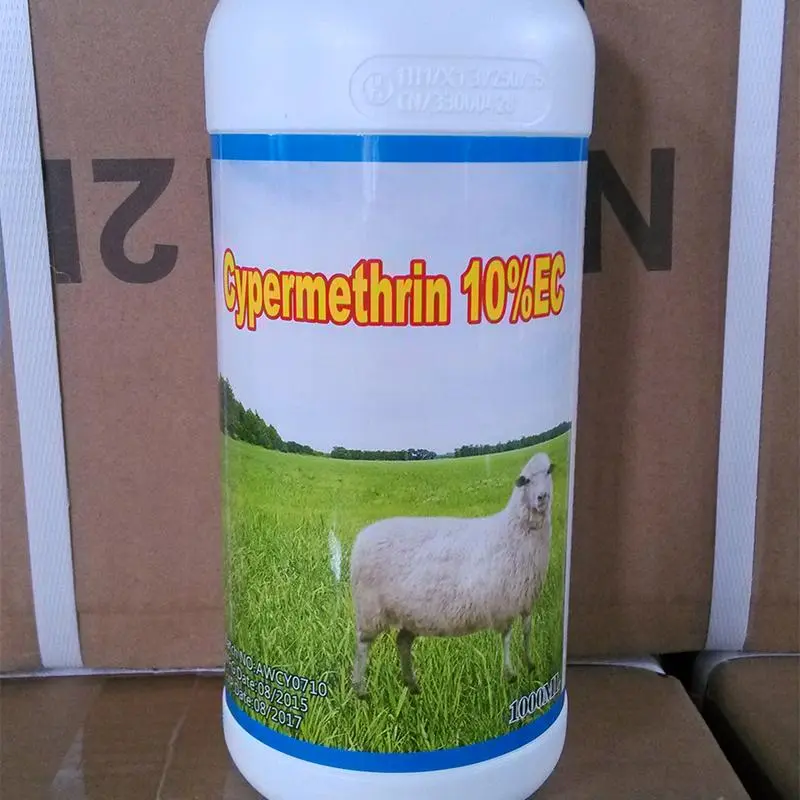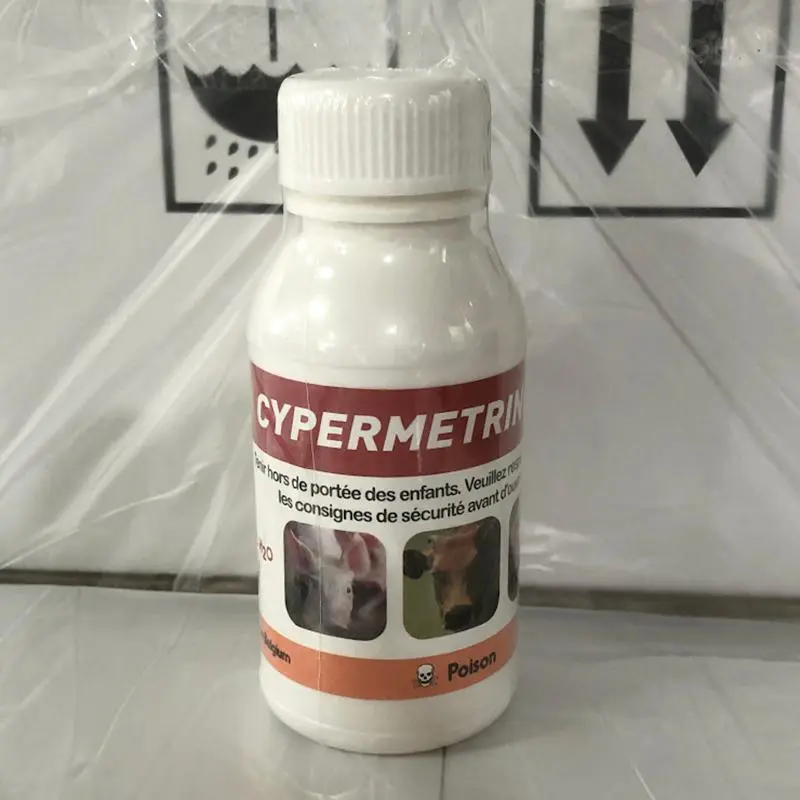Cypermethrin vs Permethrin
A Comprehensive Comparison for Pest Control
Two popular synthetic pyrethroids used in pest control are Cypermethrin and Permethrin. Though both chemicals belong to the pyrethroid class, they have distinct characteristics, applications, and levels of effectiveness. This article will provide a detailed comparison of Cypermethrin vs Permethrin, exploring their key features, primary uses, environmental impacts, and differences to help you make an informed decision.
What is Cypermethrin?
Cypermethrin is a widely used synthetic pyrethroid insecticide that targets a wide range of pests, including mosquitoes, flies, termites, and a variety of agricultural pests. It works by disrupting the nervous system of insects, causing paralysis and death. Cypermethrin is known for its effectiveness in both residential and agricultural pest control, as well as its relatively fast action.
Key Features of Cypermethrin:
- Mechanism of Action: Disrupts the normal function of sodium channels in the insect’s nervous system, leading to overstimulation, paralysis, and death.
- Applications: Used in agricultural pest control, public health (mosquito control), and residential pest management (flies, ants, termites).
- Residual Activity: Medium-lasting, with effects ranging from several days to weeks, depending on the formulation and environmental conditions.
- Environmental Impact: Can be toxic to aquatic organisms and beneficial insects such as bees, requiring careful application.
What is Permethrin?
Permethrin is another synthetic pyrethroid widely used for controlling a variety of pests. It is especially effective in household pest management, personal protection, and agricultural applications. Like Cypermethrin, Permethrin targets the insect’s nervous system, causing paralysis and death. However, it is generally less persistent than Cypermethrin and is often used for different applications, including insect-repellent treatments for clothing.
Key Features of Permethrin:
- Mechanism of Action: Similar to Cypermethrin, it disrupts sodium ion flow in insect nerves, leading to paralysis and death.
- Applications: Used in agriculture (pests like aphids, beetles), household pest control (cockroaches, fleas), and personal protection (insect-repellent clothing, bed nets).
- Residual Activity: Shorter residual activity compared to Cypermethrin—typically a few days to a week.
- Environmental Impact: Permethrin is generally considered less harmful to the environment than Cypermethrin, but it can still affect aquatic organisms and non-target insects.
Cypermethrin vs Permethrin: A Quick Comparison
| Insecticide | Cypermethrin | Permethrin |
|---|---|---|
| Chemical Class | Pyrethroid | Pyrethroid |
| Mechanism of Action | Disrupts sodium ion flow in insect nerves | Disrupts sodium ion flow in insect nerves |
| Primary Applications | Agriculture, Public Health, Residential | Agriculture, Public Health, Household |
| Residual Activity | Medium-lasting (days to weeks) | Short-term (days to weeks) |
| Environmental Impact | Toxic to aquatic life and bees | Less toxic to the environment, but still requires care |
| Effectiveness | Fast acting, long-lasting for certain applications | Effective for short-term pest control and personal protection |
Cypermethrin vs Permethrin: In-Depth Comparison
1. Chemical Properties and Mode of Action
Both Cypermethrin and Permethrin belong to the pyrethroid family, which mimics the insecticidal properties of naturally occurring pyrethrins. Both insecticides work by disrupting the sodium ion channels in the insect’s nervous system, causing a breakdown in nerve impulses, leading to paralysis and death. However, the chemical structure of Cypermethrin and Permethrin differs slightly, which impacts their stability, residual activity, and effectiveness in different applications.
- Cypermethrin is more persistent in the environment due to its chemical structure, giving it a longer-lasting effect compared to Permethrin. This makes Cypermethrin more suitable for agricultural applications and long-term pest control.
- Permethrin is less persistent and degrades more quickly. This characteristic makes it ideal for short-term control and for use in personal protection products such as insect-repellent-treated clothing and bed nets.
2. Applications and Effectiveness
- Cypermethrin is often used in agricultural pest control for pests like aphids, mosquitoes, flies, and termites. It is also used in public health to control mosquito populations. Its medium to long-lasting residual activity makes it suitable for areas that need consistent pest control over extended periods.
- Permethrin is primarily used for household pest management (e.g., cockroaches, fleas, ticks) and in public health programs for mosquito control. Permethrin-treated clothing is widely used by individuals who spend time outdoors in areas with a high risk of insect-borne diseases. It is also commonly used in bed nets to protect against mosquitoes.
3. Environmental Impact and Safety
Both Cypermethrin and Permethrin are toxic to non-target organisms, particularly aquatic life and pollinators such as bees. However, Permethrin is generally considered less persistent in the environment than Cypermethrin, which may make it a slightly safer option in terms of long-term environmental impact. Nonetheless, both insecticides require careful handling to minimize environmental harm.
- Cypermethrin: More persistent and can accumulate in the environment. It is highly toxic to aquatic organisms, and care must be taken to avoid contamination of water sources.
- Permethrin: Less persistent and somewhat less toxic to the environment than Cypermethrin, but still requires proper handling to avoid environmental damage.
4. Effectiveness for Short-Term vs Long-Term Control
- Cypermethrin is better suited for long-term pest control due to its medium to long-lasting residual activity. It is effective for agricultural and residential pest control where extended protection is needed.
- Permethrin is more effective for short-term pest control. Its rapid knockdown and lower persistence make it a preferred choice for situations requiring quick results, such as for personal protection or short-term pest infestations.
Conclusion: Which Insecticide Is Right for Your Needs?
Both Cypermethrin and Permethrin are highly effective insecticides, each with its strengths and ideal uses:
- For Long-Term Pest Control: Cypermethrin is the better option due to its longer residual activity, making it suitable for agricultural applications and prolonged pest management.
- For Short-Term Control and Personal Protection: Permethrin excels in situations where rapid knockdown is needed, such as household pest control and insect-repellent products.
A Comprehensive Comparison for Pest Control
Two popular synthetic pyrethroids used in pest control are Cypermethrin and Permethrin. Though both chemicals belong to the pyrethroid class, they have distinct characteristics, applications, and levels of effectiveness. This article will provide a detailed comparison of Cypermethrin vs Permethrin, exploring their key features, primary uses, environmental impacts, and differences to help you make an informed decision.
What is Cypermethrin?
Cypermethrin is a widely used synthetic pyrethroid insecticide that targets a wide range of pests, including mosquitoes, flies, termites, and a variety of agricultural pests. It works by disrupting the nervous system of insects, causing paralysis and death. Cypermethrin is known for its effectiveness in both residential and agricultural pest control, as well as its relatively fast action.
Key Features of Cypermethrin:
- Mechanism of Action: Disrupts the normal function of sodium channels in the insect’s nervous system, leading to overstimulation, paralysis, and death.
- Applications: Used in agricultural pest control, public health (mosquito control), and residential pest management (flies, ants, termites).
- Residual Activity: Medium-lasting, with effects ranging from several days to weeks, depending on the formulation and environmental conditions.
- Environmental Impact: Can be toxic to aquatic organisms and beneficial insects such as bees, requiring careful application.
What is Permethrin?
Permethrin is another synthetic pyrethroid widely used for controlling a variety of pests. It is especially effective in household pest management, personal protection, and agricultural applications. Like Cypermethrin, Permethrin targets the insect’s nervous system, causing paralysis and death. However, it is generally less persistent than Cypermethrin and is often used for different applications, including insect-repellent treatments for clothing.
Key Features of Permethrin:
- Mechanism of Action: Similar to Cypermethrin, it disrupts sodium ion flow in insect nerves, leading to paralysis and death.
- Applications: Used in agriculture (pests like aphids, beetles), household pest control (cockroaches, fleas), and personal protection (insect-repellent clothing, bed nets).
- Residual Activity: Shorter residual activity compared to Cypermethrin—typically a few days to a week.
- Environmental Impact: Permethrin is generally considered less harmful to the environment than Cypermethrin, but it can still affect aquatic organisms and non-target insects.
Cypermethrin vs Permethrin: A Quick Comparison
| Insecticide | Cypermethrin | Permethrin |
|---|---|---|
| Chemical Class | Pyrethroid | Pyrethroid |
| Mechanism of Action | Disrupts sodium ion flow in insect nerves | Disrupts sodium ion flow in insect nerves |
| Primary Applications | Agriculture, Public Health, Residential | Agriculture, Public Health, Household |
| Residual Activity | Medium-lasting (days to weeks) | Short-term (days to weeks) |
| Environmental Impact | Toxic to aquatic life and bees | Less toxic to the environment, but still requires care |
| Effectiveness | Fast acting, long-lasting for certain applications | Effective for short-term pest control and personal protection |
Cypermethrin vs Permethrin: In-Depth Comparison
1. Chemical Properties and Mode of Action
Both Cypermethrin and Permethrin belong to the pyrethroid family, which mimics the insecticidal properties of naturally occurring pyrethrins. Both insecticides work by disrupting the sodium ion channels in the insect’s nervous system, causing a breakdown in nerve impulses, leading to paralysis and death. However, the chemical structure of Cypermethrin and Permethrin differs slightly, which impacts their stability, residual activity, and effectiveness in different applications.
- Cypermethrin is more persistent in the environment due to its chemical structure, giving it a longer-lasting effect compared to Permethrin. This makes Cypermethrin more suitable for agricultural applications and long-term pest control.
- Permethrin is less persistent and degrades more quickly. This characteristic makes it ideal for short-term control and for use in personal protection products such as insect-repellent-treated clothing and bed nets.
2. Applications and Effectiveness
- Cypermethrin is often used in agricultural pest control for pests like aphids, mosquitoes, flies, and termites. It is also used in public health to control mosquito populations. Its medium to long-lasting residual activity makes it suitable for areas that need consistent pest control over extended periods.
- Permethrin is primarily used for household pest management (e.g., cockroaches, fleas, ticks) and in public health programs for mosquito control. Permethrin-treated clothing is widely used by individuals who spend time outdoors in areas with a high risk of insect-borne diseases. It is also commonly used in bed nets to protect against mosquitoes.
3. Environmental Impact and Safety
Both Cypermethrin and Permethrin are toxic to non-target organisms, particularly aquatic life and pollinators such as bees. However, Permethrin is generally considered less persistent in the environment than Cypermethrin, which may make it a slightly safer option in terms of long-term environmental impact. Nonetheless, both insecticides require careful handling to minimize environmental harm.
- Cypermethrin: More persistent and can accumulate in the environment. It is highly toxic to aquatic organisms, and care must be taken to avoid contamination of water sources.
- Permethrin: Less persistent and somewhat less toxic to the environment than Cypermethrin, but still requires proper handling to avoid environmental damage.
4. Effectiveness for Short-Term vs Long-Term Control
- Cypermethrin is better suited for long-term pest control due to its medium to long-lasting residual activity. It is effective for agricultural and residential pest control where extended protection is needed.
- Permethrin is more effective for short-term pest control. Its rapid knockdown and lower persistence make it a preferred choice for situations requiring quick results, such as for personal protection or short-term pest infestations.
Conclusion: Which Insecticide Is Right for Your Needs?
Both Cypermethrin and Permethrin are highly effective insecticides, each with its strengths and ideal uses:
- For Long-Term Pest Control: Cypermethrin is the better option due to its longer residual activity, making it suitable for agricultural applications and prolonged pest management.
- For Short-Term Control and Personal Protection: Permethrin excels in situations where rapid knockdown is needed, such as household pest control and insect-repellent products.

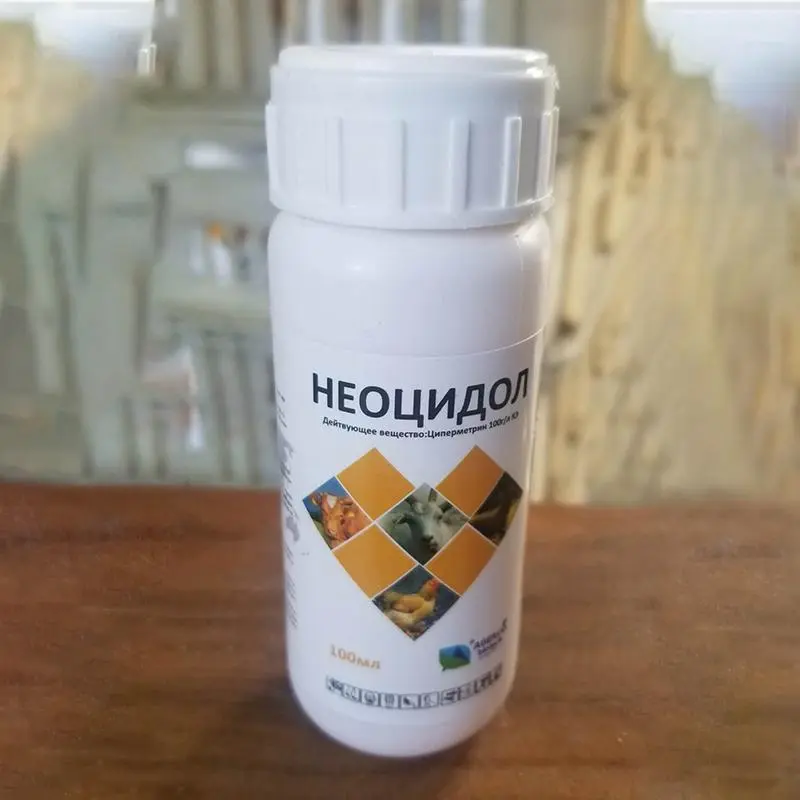
.webp)
